William Sidney Mount's Eel Spearing in Setauket (1845) on Long Island, N.Y.
"The problem of estuarine management and protection is complicated by the fact that most of the immediate benefits are privately derived from commonly owned resources."
Marshes of the Ocean Shore, p. 185.
William Sidney Mount's Eel Spearing in Setauket (1845) on Long Island, N.Y.
"the price of using estuarine resources is shared by all taxpayers, while the returns accrue to those individuals who most use often use estuaries."
p. 185.
"The National Estuary Study (1970) emphasized another dilemma faced in estuarine protection, restoration, and development since the goal is to preserve functions and not merely sequester habitats." p. 187. |
|
"Saving the remaining tidelands of the coast will be of little avail if if deterioration of riverine water quality destroys the biological integrity of marshes and estuaries." Ibid. "Water shortages and deterioration of water quality have presented the most persistent threats to coastal ecology." Quantity A ninefold increase in sixty years in per capita [person] consumption. in 1960s amounted to 1,900 gallons of water per person per day "most water needs are indirect." |
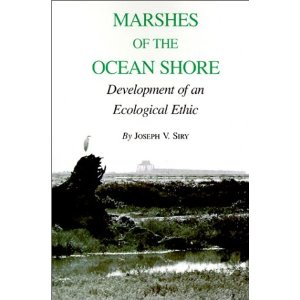 |
"...when the human food requirement is included, the per capita daily water requirement jumps to 2, 500 gallons."
"As our land base shrinks it is inevitable that incompatible plans involving factories, mines, fish, dams, parks, highways and wildlife, and other uses and values will increasingly collide....
"True conservation is a thing of the mind–an ideal of people who cherish their past and believe in the future."
p. 162.
Three waves of conservation efforts 1900-1969.

Salt marshes of the Chesapeake Bay, viewed from the air surround these farms. The tidal marshes are sources of the blue crab, oyster, and clam fisheries of the nation's most extensive estuary.

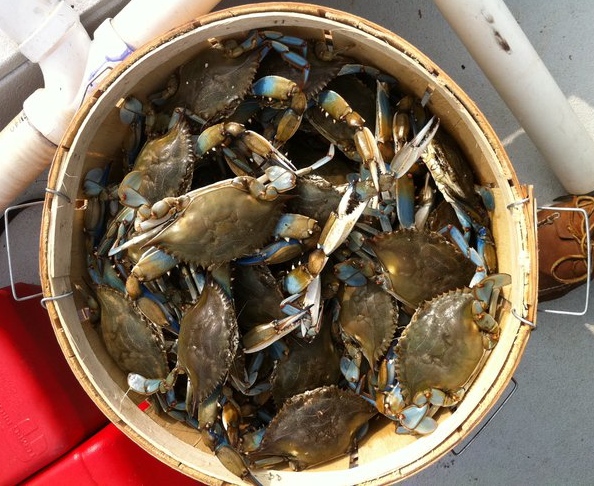
The bucket of blue crabs are but one of many indicators of the productivity of estuaries, because of these tidal marshes is unmatched in the temperate coastal zones. [photograph courtesy of Kevin Dixon, Alum, 2009]
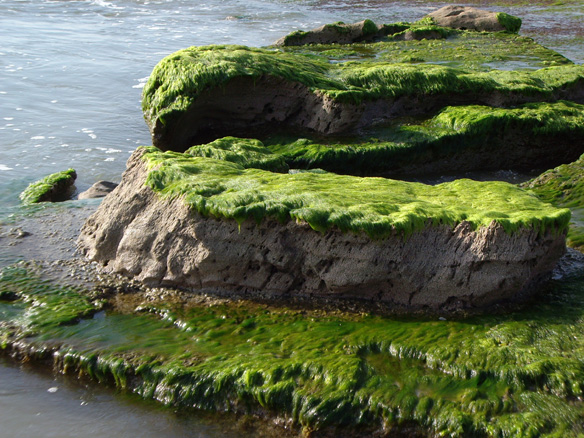
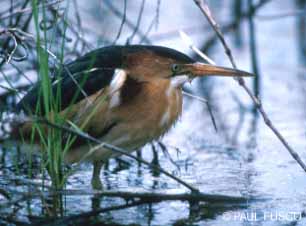

Often uneconomical, yet valuable tidal terrains sustain commercial crops such as stone crab.
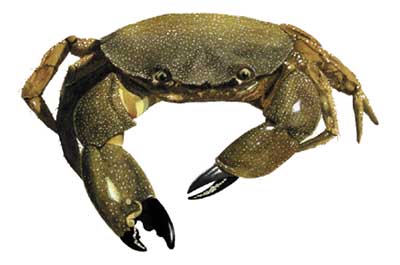
Estuaries are nurseries of unparalleled productivity for many marine fisheries that feed on shrimp.
Most fish feed on bait, like shrimp, that rely on estuaries.
